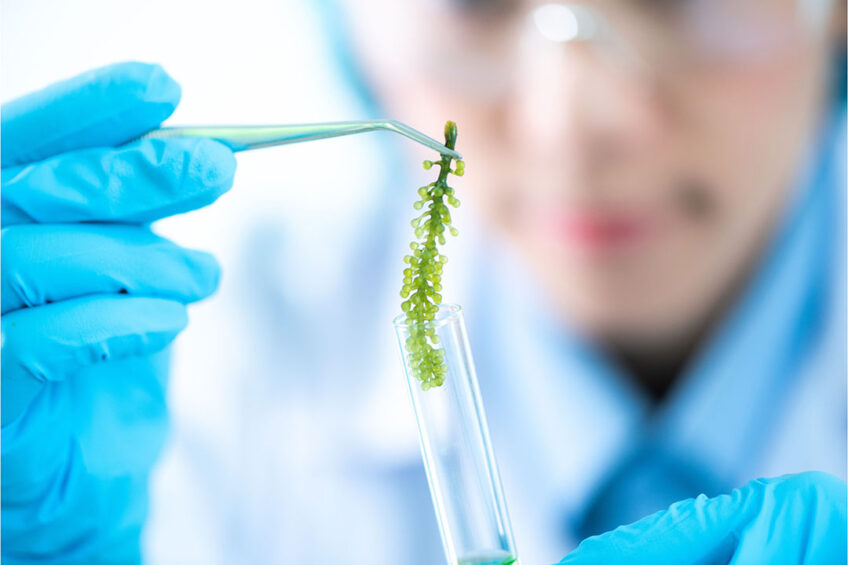Advantages of microalgae as a feed ingredient explored

Scientists have shown that microalgae can grow faster and form more omega-3 if bred, making them increasingly interesting as a potential feed ingredient for farmed fish.
Algae need light, temperature and nutrients to grow but growth is also affected by algae genes. Researchers at the Norwegian Institute of Food, Fisheries and Aquaculture Research (Nofima) tested whether it was possible to breed microalgae in a similar way to farmed fish. When crossing individuals or genera that produce high yields, the next generation produces higher yields than the previous one.
…research wanted to see if selective breeding can contribute to faster growth and increased omega-3 content…
Trial: Selective breeding
Nofima senior scientist Marie Lillehammer said the research wanted to see if selective breeding can contribute to faster growth and increased omega-3 content, adding that the initial trials were promising, including arguably being the first to calculate genetic variation in microalgae.
The team chose the species Seminavis robusta – a well-studied algae that has sexual reproduction. 8 lines of the species were crossed with each other in one generation and tested in the breeding trial.
Omega-3 production
Although the species is not very relevant as a feed resource, the trial showed that 18% of omega-3 production in the algae is determined by the genes. Breeding gives an 8.8% increase of omega-3 in one generation. Marine omega-3 fatty acids, important for fish nutrition, are at present sourced from fish oil.
Growth
Growth percentages were found to be even higher. With a 50% heritability, the microalgae grows 25% faster per generation, which could lead to a 9-fold increase per year, given ten generations are produced every 12 months.
It may be that inbreeding and physiological limitation would halt growth over generation, or growth would have side effects. However, the trial shows that breeding should be explored further if microalgae is to become an important feed ingredient for European aquaculture.
Marie Lillehammer, Nofima senior scientist
NewTechAqua project
The research is part of the NewTechAqua project, which is financed by the EU through Horizon 2020, and runs in collaboration with the University of Las Palmas and Ghent University. Among its other objectives are to:
- Deliver solutions to improve fish and mollusc health and disease resistance.
- Make the aquaculture sector more sustainable and circular through different rearing systems, looking at new diets using fish by-products, fish processing wastewaters and low fishmeal organic diets.
- Increase the efficiency of aquaculture production systems via real-time management systems, satellite systems and recommendations.
- Support diversification of fish species by studying the reproductive cycle of emerging fish species
- Develop new eco-friendly fish and mollusc products with high nutritional value.
- Raise awareness and train professionals from the aquaculture sector by creating training programmes and conducting studies on consumer preferences.











